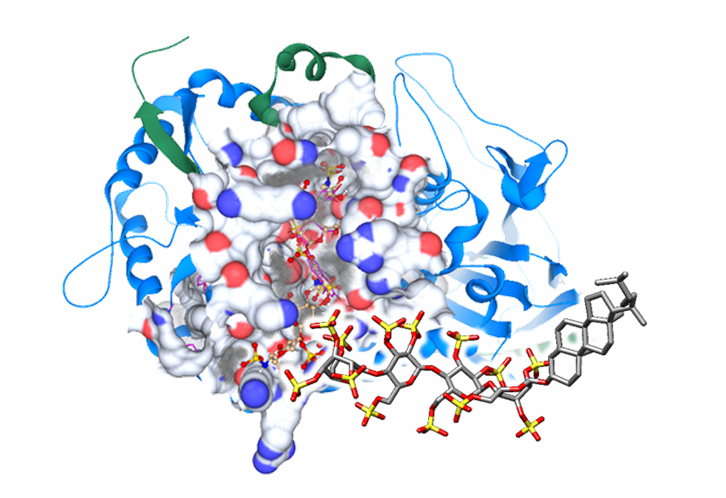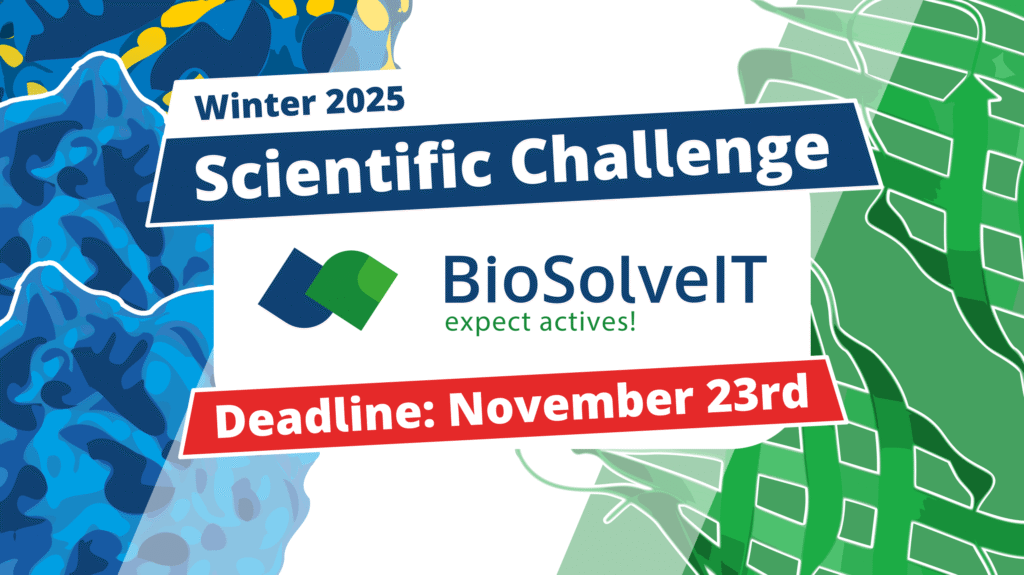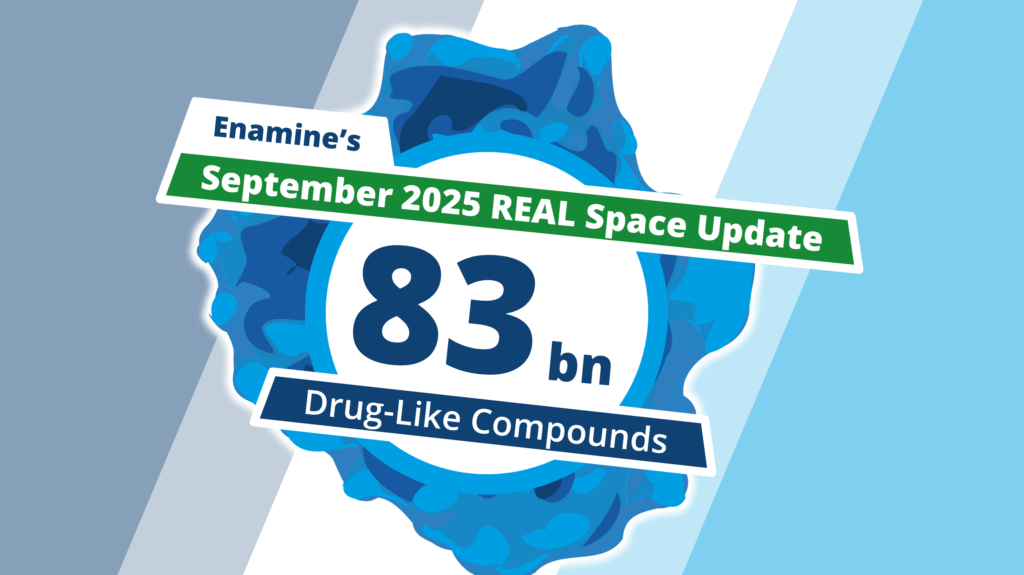Glycosaminoglycans (GAGs) are a family of anionic, complex, polydisperse unbranched polysaccharides that display a variety of important biological roles. GAGs like heparin/heparan sulfate (HS) are composed of repeating disaccharide units and negative charges imparted by sulfate and/or carboxyl groups in their structure. The most diverse biological activities of heparin/HS are mediated by their interactions with proteins. Binding of the CoV-2 spike protein onto cells’ surface HS is generally the first step in a cascade of interactions the virus needs to enter the cells and initiate an infection. Molecules from the same family as the anti-coagulant drug heparin may interfere with the ability of the COVID-19 virus’s spikes to bind to human cells and could be used to treat people with severe effects of the virus and any emerging variants.
Heparanase, another heparan sulfate binding protein are shown to be implicated in the pathogenesis of several unrelated viruses including coronaviruses infections. Heparanase inhibition using HS mimicking compounds, anticoagulant heparin, or any other inhibitors, may abolish the deleterious effects of heparanase and block viral–cell attachment and cell-to-cell spread. To develop heparin/HS-mimetics for interfering with the HS-protein interaction, the group analysed the binding modes of heparin sequences specifically binding to the target proteins using a combination of modelling and biochemical techniques.
Dr Gandhi will discuss the challenges (e.g lack of well-defined pockets) associated with modelling linear but long, flexible and anionic polysaccharides. Her group has developed a molecular docking program called GlycoTorch Vina and routinely uses cosolvent molecular dynamics simulations to understand the molecular interactions of these molecules with GAG binding proteins. She will demonstrate a case study showing docking of pixatimod (a drug candidate developed in Queensland) with SARS-CoV-2 and heparanase. The MD simulations of pixatimod were used to decipher the conformational equilibrium, which agrees with the NMR data. The preprint on SARS-CoV-2 on BioRxiv, for which she is joint first author, has received an outstanding Altmetric score of 55, ranking it in the top 5% of all research outputs scored by Altmetric. This work demonstrates Dr Gandhi’s engagement with industry and her impact on science and the community in Australia.
Webinar takes place at 12 pm GMT (Amsterdam, Berlin, Bern, Rome, Stockholm, Vienna)








